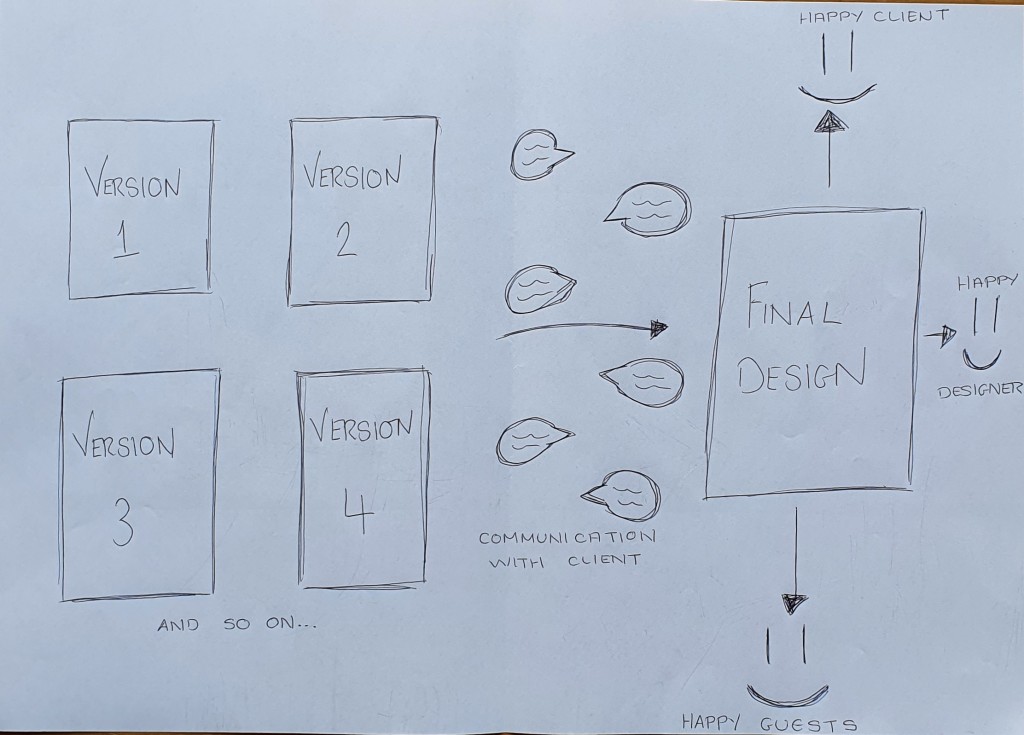As I am nearing thr point of starting the design process, I thought it would be best to take a minute and refer back to the learning objectives and written proposal to ensure I haven’t diverted from the goal. As a basis, I think it is clear to say that I have followed the route of Wedding Invitation Design very strongly, with my research covering a wide range of areas that include both wedding invitations and other invite examples. I believe I have produced a good level of research that can help with the development of the designs – I have placed a copy of the learning objectives below to clearly show what I will be aiming for as I start the designs and experimental process:
Learning Objectives:
By the end of this module, students will have :
- Developed their awareness of the needs and requirements of professional practice, manifested in the ability to produce practical graphic design work of high technical quality.
- Developed a high level of intellectual and conceptual involvement with their chosen subject area, including skills of project proposal, documentation of project development and the presentation of outcomes.
- Developed written and oral skills of critical self-evaluation in relation to their design practice.
- Developed research skills in the area of contemporary professional practice.
By the end of this module, students will have:
- Developed skills of independent study, resource utilisation, problem-solving and decision-taking.
- Developed skills of critical thinking, analysis and evaluation.
- Developed their ability to learn through reflection on practice and experience.
- Developed their ability to scan and organise data, abstract meaning from information and communicate knowledge in a variety of formats.
- Developed their ability to work with complex material, analyse problems and identify appropriate solutions.
- Developed their skills of visual, written and oral communication.
From the learning objectives, I think I am following them quite well. I am constantly aware of my level of professional practice as I am working closely with a client. And my level of independent study has greatly improved due to the pandemin making independent study a norm. My abilty and skills of critical thinking, analysis and evaluation have greatly improved along with my abilty to identify problems and solutions. Overall, I think I am following the learning objectives quite well, ofcourse there is always room for improvement and I will continue to aim for these improvements as time goes on within this project.
As for my proposal, I wrote a brief that focused on working closely with the client, which meant my deliverables and aims were left quite open because I will be completing any and all work asked of me by the client. Due to the fact that I started this project unknown of what my contribution would be to the idea of Wedding Stationery – I think I have developed a wide understanding of the different elements involved within this category, and if I am unable to complete more than the invitation for grading, I will keep the idea of Professional Practice during the lead up to the wedding and include it within any other areas of Wedding Stationery I have been asked to contribute towards.






